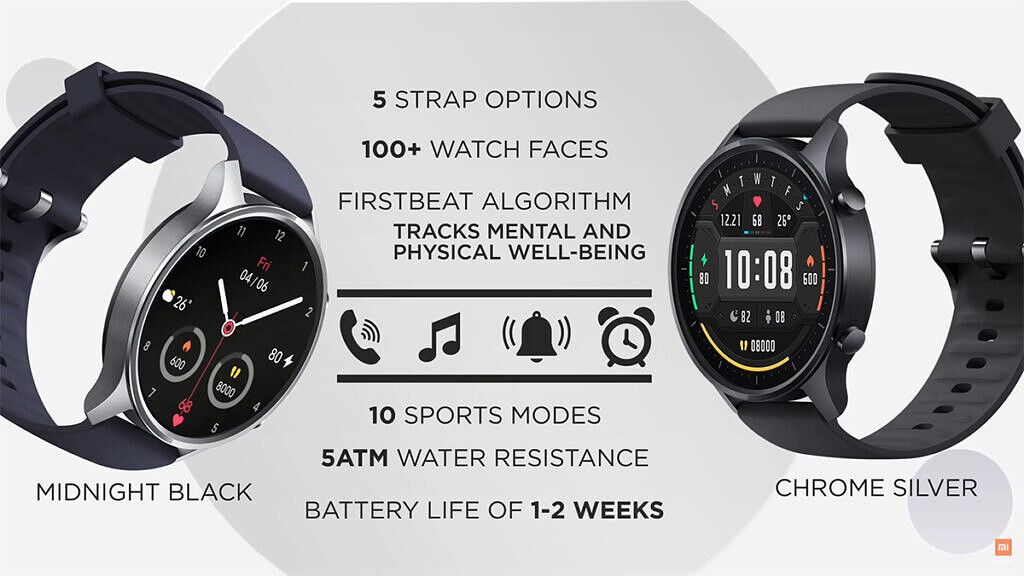I see some crazy products when looking for deals, but I have to say, this Sero Series TV is one of the strangest, yet coolest I’ve seen. It’s essentially a gigantic smartphone in many ways that you can flip into portrait mode for mobile content and flip back into landscape mode for media viewing. It’s exciting, though I don’t know if it’s ever something I’d particularly want in my home. It’s on sale and includes a $600 Dell gift card, so this may be the TV for you.
Enough about the TV, though. Today’s top tech deals include a huge discount on a solar-powered backup battery, $20 off the Samsung Galaxy Buds Live, and more!
Google Pixel 4 XL, 25% Off
If you’re looking to jump onto the Google smartphone train, then the Google Pixel 4 XL may be a good choice for you. At Amazon, you can save 25% off the MSRP, bringing the total down to $750. The sale price is also available as part of a 5-month payment plan, open to anyone, not just for Amazon Prime Rewards cardholders. This is an unlocked Pixel 4 XL and should work with all US carriers.
Samsung Galaxy Buds Live for $30 Off
The Galaxy Buds Live came out less than two months ago, but you can already save some money on the beans. Over at eBay, you can get a pair of Buds Live for $140, $30 off the MSRP. Our recent review for the Galaxy Buds Live praises the unique, bean-like design and having active noise cancellation (though not perfect). If you’re in the market for new buds, perhaps the Galaxy Buds Live will be your choice?
- $30 off Samsung's recent earbud release? You can't get much better than this! Choose between five colors and get to enjoying the bean-shaped earbud life. The Buds Live also have active noise cancellation!
Samsung Galaxy Tab S6 Lite for $280
Want a tablet, but don’t really need the bleeding edge? If you just need a tablet with a pen that gets basic tasks done, then you can pick up the Samsung Galaxy Tab S6 Lite for $280, $70 off MSRP. The tablet comes with the ever-helpful S Pen, lasts up to 13 hours on a single charge, and has memory that can easily be expanded with a MicroSD card. You’ll be satisfied without breaking the bank!
- Get yourself a cheap but high-end tablet today with the Galaxy Tab S6 Lite! This tablet is great for basic productivity tasks and watching media, and the included S Pen makes it a great budget choice for note-takers and artists.
Aduro Solar 6000mAh Dual Backup Battery for $15
Solar-powered battery packs are a great emergency item to have around. If your house is out of power, just let the sun charge your phone! At Woot!, you can save a whopping 81% on an Aduro solar backup battery, bringing the total down to $15. the 6000mAh should charge your phone once or twice depending on its battery capacity, which is perfect for when you might be out or the power goes out and you need your device for an emergency. If you have Amazon Prime, you’ll also get free shipping.
- Be prepared for an emergency with a solar-powered battery pack. Save big on top of it by grabbing an Aduro solar-powered backup battery for just $15. With multiple colors and Prime Shipping available, why not grab one?
TP-Link N300 Wi-Fi Extender for $18
If you live in a larger apartment or home, you know about the ‘dead zone’, that frustrating part of the home where the Wi-Fi isn’t quite as good. It’s lame, but you can help resolve the dead-zone issues with a Wi-Fi extender! TP-Link’s N300 extender, currently $18 at Amazon, takes your router’s Wi-Fi connection and just… makes it go farther! Putting it near (but not in) the dead zone should help resolve your connection woes.
More Tech Deals
Looking for even more tech deals? We have them for you below!
- Samsung Galaxy Note 20 Ultra 5G for $1,050 at Best Buy
- Samsung Note 20 5G (Unlocked) for $800 at Amazon
- Microsoft Surface Pro 7 for $799 at Best Buy
- Samsung Tab S7 Black 128GB with Keyboard Cover for $750 at Amazon
- OnePlus 8 5G (Unlocked) for $700 at Amazon
- ASUS Designo MX27UC 27” Monitor for $483 at Amazon
- LG V50 5G ThinQ (Unlocked) for $320 at eBay
- NETGEAR Nighthawk M1 Hotspot 4G LTE Router for $298 at Amazon
- Samsung Galaxy A51 for $225 at Samsung Store
- Logitech G910 Orion Spark Mechanical Keyboard for $105 at Amazon
- Samsung Galaxy Buds+ for $94 at Amazon
- Logitech G533 Wireless Gaming Headset for $74 at Amazon
- Homedics UV Clean Phone Sanitizer for $60 at Amazon
- Roccat Kain 100 PC Gaming Mouse for $30 at Amazon
- Lexar JumpDrive 128GB USB Flash Drive for $22 at Amazon
- Wireless USB WiFi Adapter for PC for $15 with code 42XS7H23 at Amazon
The post Today’s Top Tech Deals: $30 Off Galaxy Buds Live, Over 80% Off a Solar-Powered Battery Pack, and More! appeared first on xda-developers.
from xda-developers https://ift.tt/30i3YtH
via IFTTT









